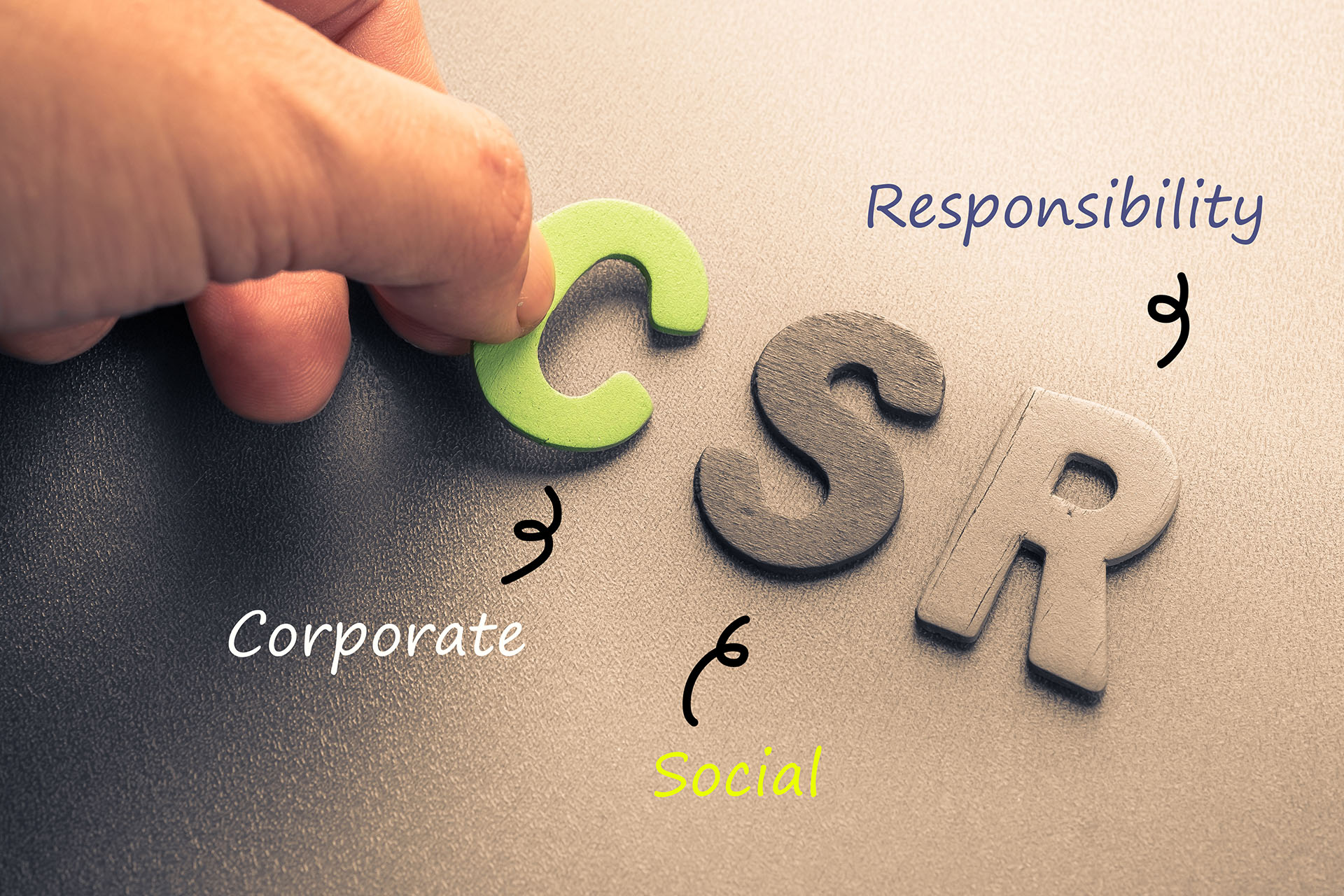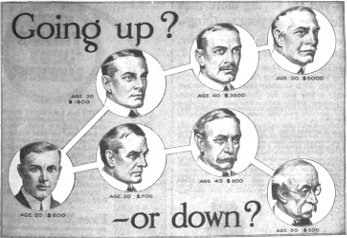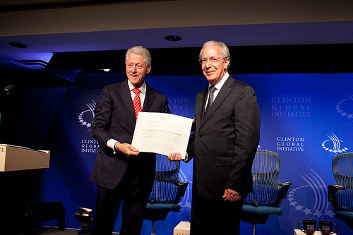
Adam Nathan
Akash Gai
Mid-Market Companies and CSR Accountability
Due to the changing face of consumers, drive for genuine impact and evolving stakeholder dynamics, multinationals with established Corporate Social Responsibility (CSR) legacies are asking: “Are we having genuine impact or is this all fancy marketing?”
Sales and profit are why multinationals exist, but their role in a truly visible global society means their CSR efforts are justifiably scrutinized. Drilling down, consumers are hip to companies trying to use CSR as a public relations exercise. Consumers of this generation and beyond, align with companies that are deeply committed to social and environmental impact. They want to buy from companies that have embedded these commitments within their day-to-day and long-term practices.
Mid-market companies can learn from the struggles of multinationals faced with the impact dilemma and use their position to build genuine CSR into their practices. So how can they do it?
1.
Find areas for improvement and innovation. Reviewing the now to determine the future. For instance, if company X has a warehouse where there is no health and safety policy…the simple answer: create a health and safety policy! Having strong operating practices are integral to CSR and support a company’s management practices.
2.
Structure CSR efforts. Build a CSR strategy that supports business objectives while positively impacting society and the environment. It can’t just be a bunch of fly-by-night nonprofit efforts, the strategy needs to reflect where the company is currently positioned and where it hopes to go.
3.
Put numbers behind it. Data drives the world. Once a CSR strategy has been formed, it is vital to extract information that supports and drives it.
This article looks at the third point in more detail, specifically how companies can structure their CSR efforts through data.
The Challenge of CSR Alignment
It isn’t a surprise, or even particularly unreasonable, for executives to bring a critical eye to CSR efforts. Not every organizational leader has a natural instinct for how CSR fits into the broader mission of their business. Some might be wary that outcomes will be “soft,” impacts negligible, and the bottom-line costly. These are reasonable concerns. The bridge between “left” and “right” brain executives is the availability of straightforward and structured data.
Bringing Executives to a Quantified Vision of CSR
A thoughtfully constructed CSR “strategic dashboard” can bridge this gap and create common ground between the “right brain” and “left brain” executives. They are both key to an organization’s success and they have different needs. The strategic dashboard responds to both types.
For example, the dashboards key performance indicators (KPIs) might help answer the following:
•
Is the effort making an impact?
•
What exactly are we trying to accomplish and how exactly will we measure it?
•
When specifically – and how exactly – will we know when we’ve succeeded or failed? What numbers can we hold the project leaders to?
•
Is the initiative on track with the funded vision or is it subtly changing?
•
Should we keep funding it?
The answers to these questions may indicate that major strategic changes are in order. That could result in additional funding, project adjustments or even cancellation.
What Exactly Is a CSR Strategic Dashboard?
A viable CSR strategic dashboard highlights 7-9 key performance questions and no more! They should measure the vital signs of the CSR effort. If you can’t remember the key performance questions, then it’s likely you have too many. We’re looking for North Star metrics for the key components of the program.
Visually, the dashboard should be simple.
In fact, simplicity is one of its critical attributes. Its measures are designed to simplify, focus and align the organization as a whole around the CSR initiative. Everyone involved with the project should be able to understand and interpret the numbers and have visibility to status at appropriate intervals.
We Work with Clients on Their Strategic Dashboards
Through a series of interviews, we move sequentially from our clients’ strategic vision to a set of key performance questions (KPQs) and then to a small set-up to nine- KPIs. These “vital sign” measurements will be key to every status meeting and executive level update.
Talking about the “softer” elements of the project should go hand in hand with a discussion about the numbers.
Tell & Show: Tell them the one. Show them the other.
“Getting to Simple” with CSR Dashboards
It takes some effort, but the fact is this: you don’t have a complete strategy until you can measure it. Whether you are planning a CSR initiative or in the midst of one, a strategic dashboard can make an enormous difference.
Your ability to define your CSR effort and create team alignment around goals and agreed measures for success are the very factors that will bring your strategy to life. Your CSR strategic dashboard will create simplicity for the participants and clarity to the funders. It will be your bridge between the right-brain vision of experienced value and the left-brain need for a rationalized CSR investment.
Adam Nathan is CEO of The Bartlett System,
Akash Ghai is Managing Director of Development3










